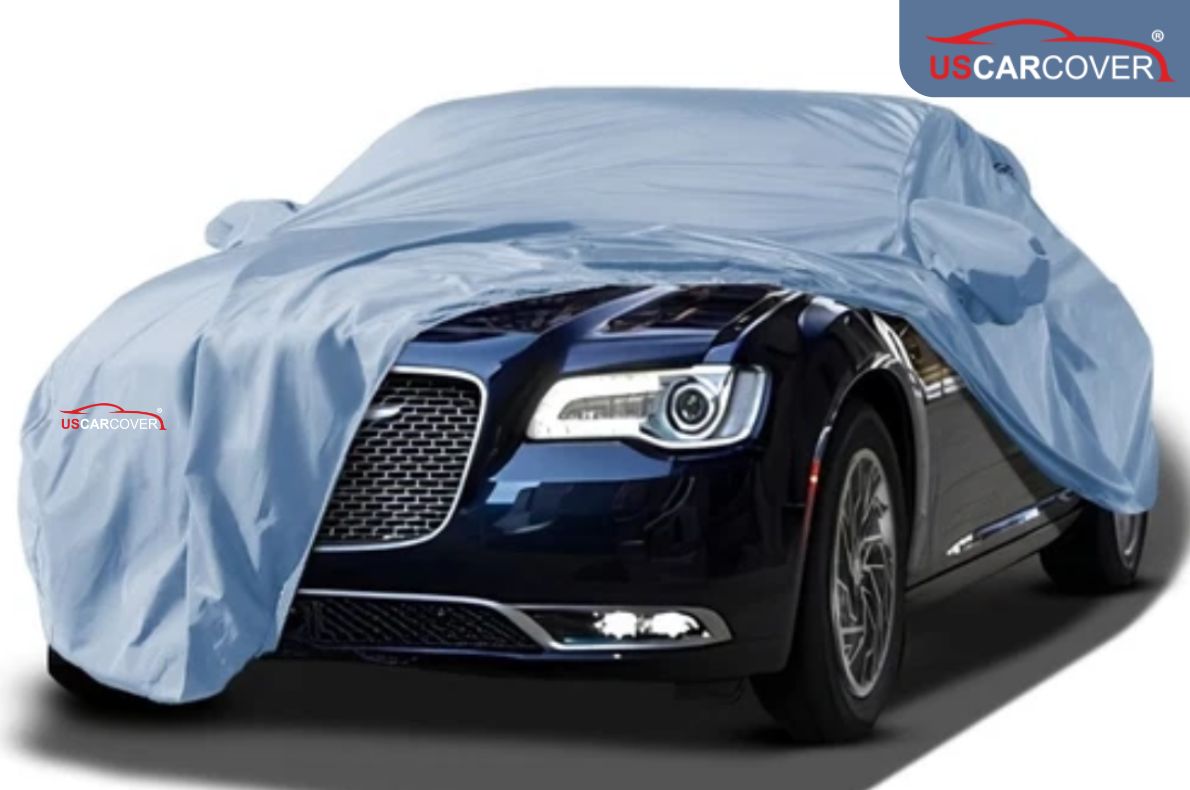
Chrysler car cover is a passive but highly effective layer of protection when your car has to sit outside in stormy, windy conditions. Across the United States, a single night of gusts and driving rain can turn an ordinary tarp into a billowing sail that slaps against body panels, leaves hazy rub marks in the clearcoat, pops loose tie-downs so the cover flies off, or even gives a bad actor the chance to lift a corner and peek into the cabin. If you have ever woken up to strange scuffs on the hood edge or a big air pocket pooled over the rear glass, you know why a car cover that is engineered for wind is worth it. This article goes straight to the core of windy conditions: a physical lock to keep the cover in place, a stabilized form to cut the wind, and materials and liners that prevent ballooning from rubbing paint. You will also find a quick pre-storm routine, region-specific guidance for the U.S., and daily-use tips so you can relax when the sky turns rough.
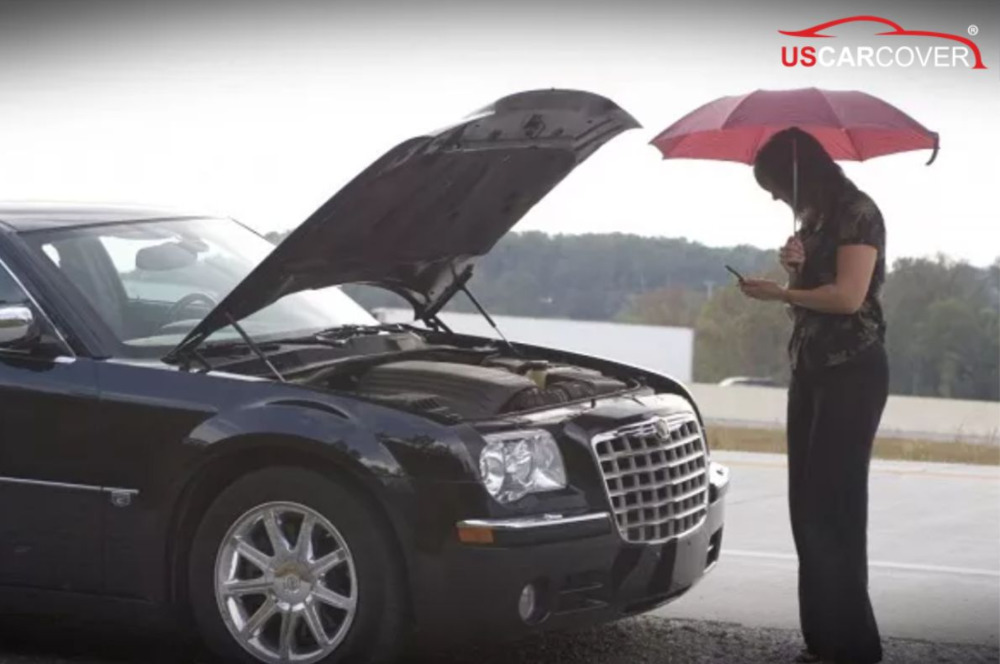
Related Articles: Chevrolet car cover - Reduce “curious touching,” reflective edging for visibility, conceal the interior at night
The pain of parking in storms and wind: familiar scenes in many U.S. states
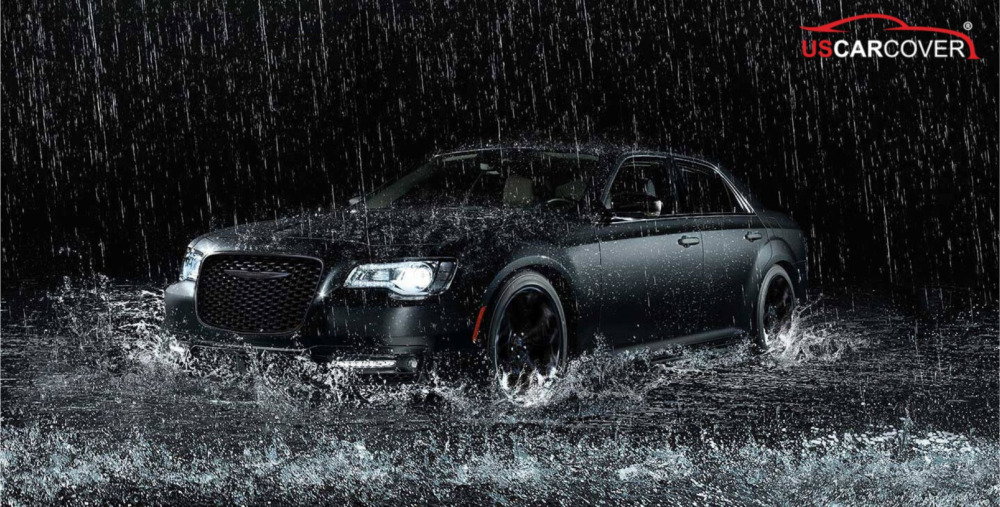
On a summer night in Florida, a pop-up thunderstorm hits, rain blasts with the wind, the cover gets soaked and then puffs up like a ball when the wind shifts. On the Great Plains, sudden direction changes before and after a storm make a free-size cover easy to flip. In the Pacific Northwest, heavy rain pours into a three-sided carport, the wet fabric sags and taps the wheel-arch lips in a steady rhythm. In California’s interior, the dry and forceful Santa Ana winds quickly trigger a parachute effect if the cover cannot breathe. New England’s cold seasonal winds often pair with rain, long nights keep the cover heavy and wet, and gusts work it over until morning.
All of these scenarios share one thing: if the cover is not stable, wind will inflate it, edges will rub along body creases, sills, and glass trims, and you will get swirl marks and faint scuffs that trace the car’s lines. Add another night, then a week, and the damage shows clearly in the sun. Instead of leaving it to chance, choose the right Chrysler car cover so a stormy night becomes an easy durability check for both the cover and the car.
Related Articles: Checker car cover: mold resistant, odor control, quick-dry material that does not trap moisture
Why it is worth investing for Chrysler: signature design that can be vulnerable
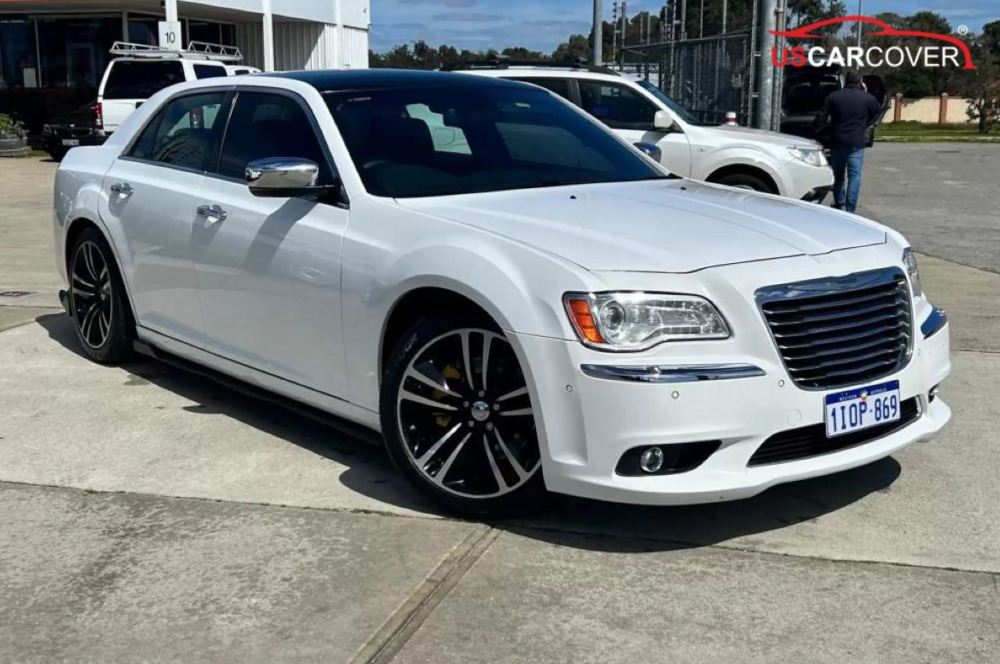
Chrysler is an American icon with a wide lineup: sedans like the Chrysler 300, minivans like the Pacifica, fleet-friendly models like the Voyager, plus beloved classics such as Imperial, New Yorker, Town & Country wagons, LeBaron, and Concorde. Strengths include broad bodywork, generous glass, crisp character lines, brightwork, and piano black trims. Those same design highlights are wind-sensitive rub points: hood edges, mirror caps, decklid spines, arch lips, bright chrome strips. On minivans, long flanks and sliding glass create large areas for gusts to catch. On classics, older paint and plated parts are more sensitive to repeated micro-abrasion. A storm-ready car cover for Chrysler must match the body geometry, use multi-point tie-downs, manage airflow, and include a soft inner liner so micro-friction never gets the chance to leave a mark.
Related Articles: Cadillac car cover: protect against dust and sand, tree sap, and animals, keep scratches away
How wind damages a car when the cover is not right
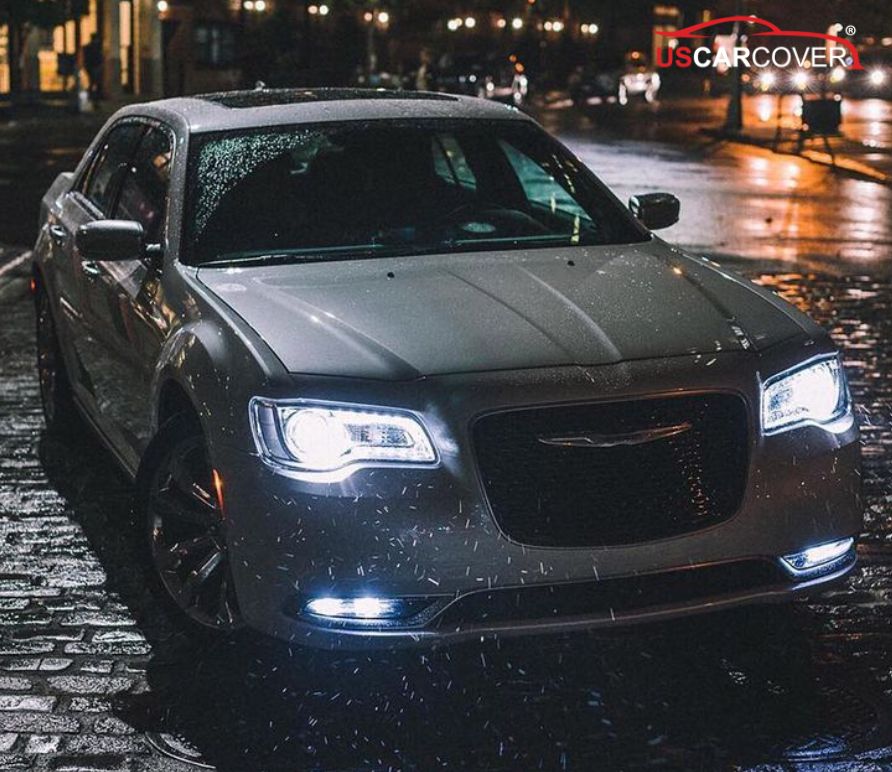
Before picking a solution, understand how damage happens so you can prevent it:
- Ballooning drives friction: every gust is a fabric slap on a ridge. Thousands of hits in one night can etch a faint ring you will see in sunlight.
- Parachute effect: an air-tight cover catches wind, stress piles onto a few stitches or a grommet, and tearing starts at the weakest point.
- Water weight adds force: rain makes the cover heavy, the next gust slams that mass into the panel, increasing rub pressure.
- Security drops: wind loosens the cover, inviting someone to lift a corner and look into the cabin.
Related Articles: Buick car cover: Prevent snow and ice buildup and minimize small hail damage
The three core solutions in the title: physical lock, stabilized form, no paint rub
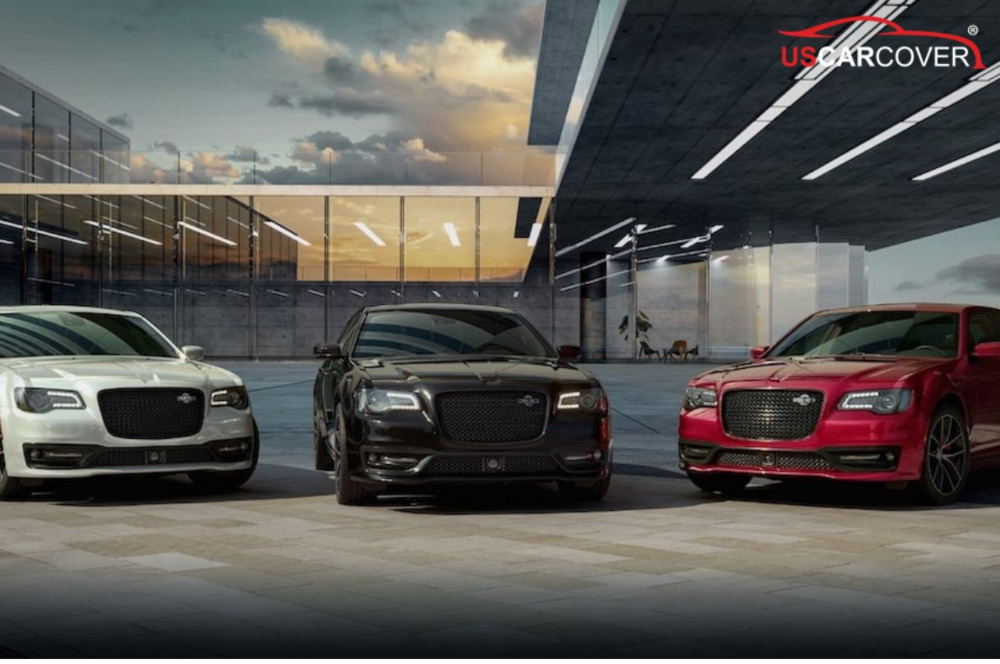
Physical lock: hold the cover in wind and deter tamperin
In wind, the difference between a calm cover and a runaway sail is a locking cable. Use a steel cable with a soft polymer sheath routed through reinforced grommets under the car. When gusts try to lift the cover, the cable’s longitudinal hold keeps it tracking with the body instead of sliding sideways. Choose grommets with thick reinforcement and upgraded stitching. A compact lock with a weather cap plus a touch of anti-corrosion lube keeps it smooth. Beyond retention, the lock adds deterrence. If it takes time and noise to defeat, most people simply move on.
Stabilized form: stop the cover from becoming a sail
Custom-fit for the Chrysler model ensures the cover captures mirror pods, rear glass bulge, roof height, and hood crown correctly. Do not rely on two straps. Use soft, multi-point tie-downs at the nose, tail, and both flanks to spread load. A gentle elastic hem hugs the rocker line without biting into paint. Vented outlets with small rain hoods at the shoulders and rear glass let pressure escape so the cover will not puff up.
No ballooning that rubs paint: prioritize material and inner liner
Pick an outer fabric with tear strength and water roll-off so rain does not pool into heavy pockets. Use an ultra-soft, light-colored inner liner to reveal dust before it touches paint and to reduce micro-friction. Go for moderate mass so the cover lays steady but is still easy for one person to handle without dragging. Choose rounded seam builds along sensitive edges like the rear glass base and arch lips so there is no hard seam corner to chafe.
Related Articles: Bugatti car cover: Protection for Event Days and When Transporting by Trailer
Materials and construction suited to storms and wind
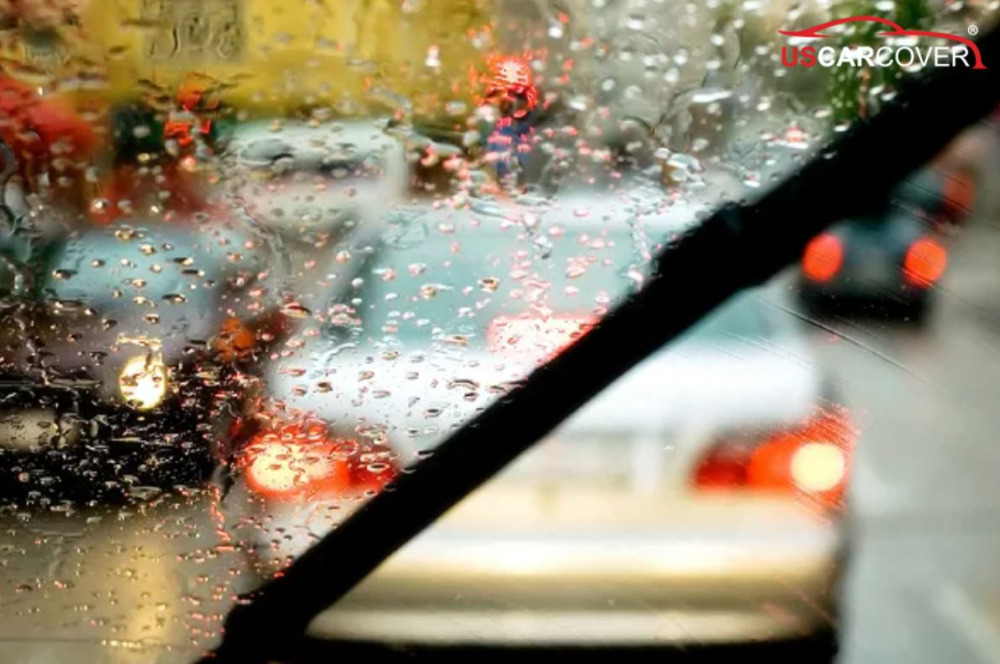
When choosing a cover for stormy conditions, the deciding factor is not sheer thickness. It is material and construction. A quality cover blends water resistance, breathability, UV resistance, and mechanical strength so it adapts to harsh weather.
A breathable multilayer build is the foundation. The outer layer blocks rain and blown spray while mid and inner layers vent moisture through micro-porous fibers. That way the cover will not balloon as the sun returns after rain, and it will not trap damp air under the fabric. A cover that can breathe not only protects paint but also extends its own lifespan.
On windy days, the cover must resist force and tearing. A ripstop weave with small box geometry prevents small tears from racing across the panel during a sudden yank. A hard-wearing face reduces wear at rub points against the body so form stays true season after season.
UV resistance is mandatory. Storm cycles often end with bright sun. UV ages fabrics, fades color, and embrittles stitches. A UV-treated face helps the cover last while also reflecting heat, lowering cabin temps and helping paint and interior plastics.
Under wind load, stress piles up at grommets, mirror pockets, roof crown, and the four corners. Favor covers with multi-layer reinforcements at these points and bar-tack or double stitching to hold shape without seam creep. This is where premium covers stand apart from basic tarps.
Finally, choose an outer color that is neutral with moderate reflectivity such as silver gray or titanium. It reduces heat soak, is comfortable to handle in midday sun, avoids glare, and keeps the surface cool to the touch when you need a fast pre-storm deployment.
Related Articles: Bricklin Car Covers: Effective UV Protection to Preserve Acrylic Paint and Gelcoat Finish
Quick recommendations by wind regions in the United States
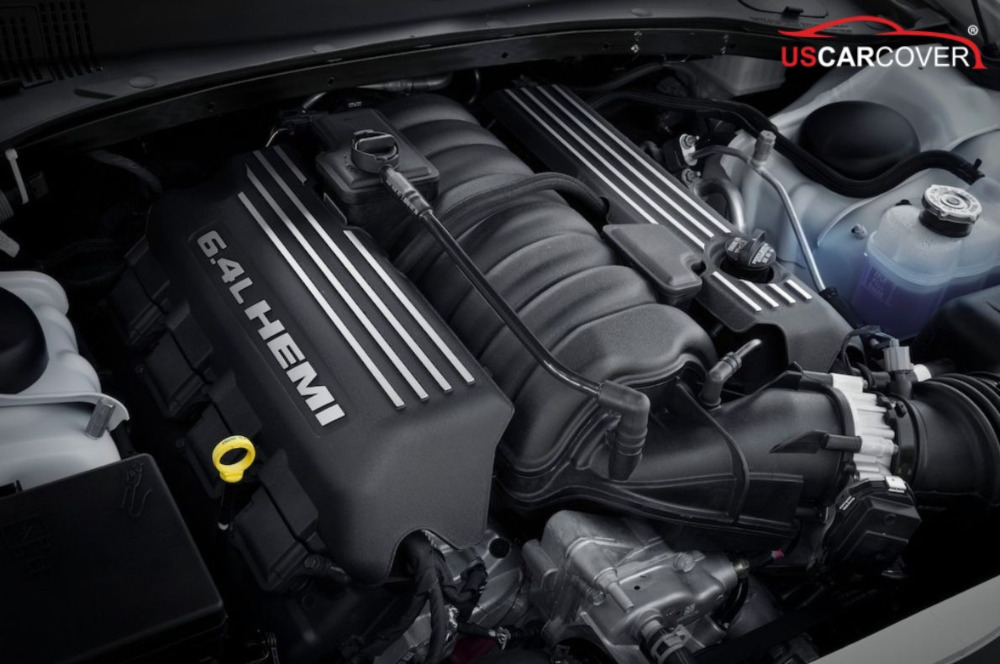
Each U.S. climate zone has its own wind and weather profile, so picking a Chrysler car cover should follow your real parking scenario. In Florida and the Gulf Coast where afternoon thunderstorms and short, swirling gusts are common, choose a fast-drying cover with 3 to 4 secure tie points, a through-chassis locking cable, and especially vented outlets with rain hoods to prevent wind ballooning. In the Great Plains and Tornado Alley where gusts switch directions without warning, a tight custom-fit cover with thickly reinforced grommets is a must, and soft wide straps help avoid cutting into the fabric under tension.
In the Pacific Northwest, persistent damp and rain call for truly breathable fabric, tight seam integrity, and a water-shedding face so a quick shake gets it dry. In California’s interior with dry, hard Santa Ana winds, prioritize tear strength with light anti-static treatment, paired with multi-point tie-downs and dual vents. For New England, where cold wind comes with moisture, a cover with an ultra-soft liner, gentle elastic hem, and good heat reflection will protect paint and keep cabin temperatures more stable after rain.
In short, environment decides the cover spec. With the same Chrysler, a change in parking location can mean a completely different set of cover requirements.
Related Articles: Bristol car cover: Reduce interior temperature swings, limit veneer cracking and aging weatherstrips
The 90-second pre-storm routine: fast and firm
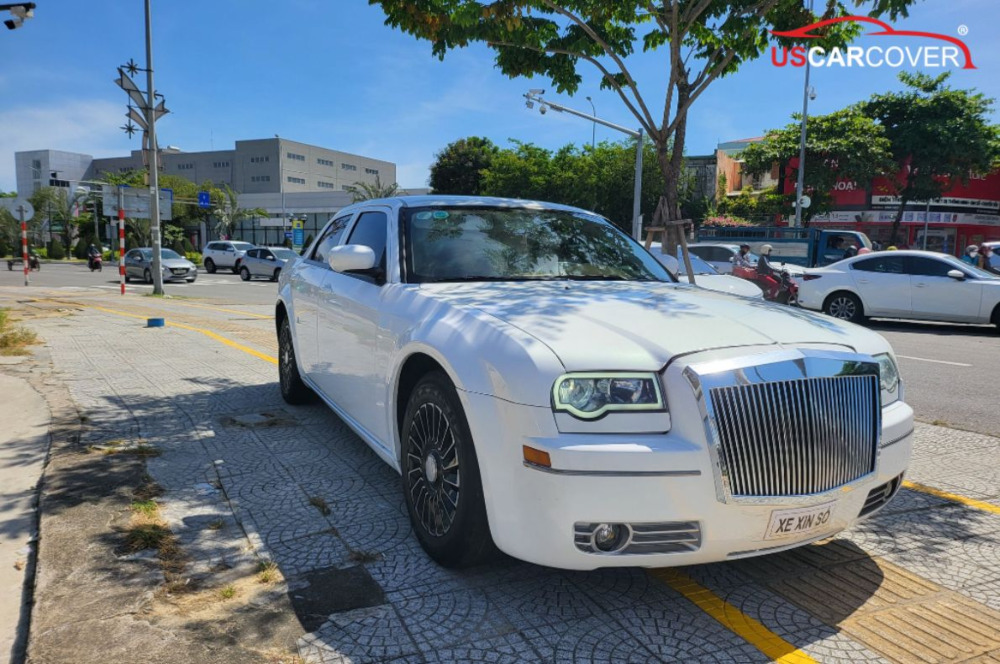
When dark clouds roll in, you have less than two minutes. This routine makes the job quick and secure. First, do a rapid clean: flick off grit along the glass edge and hood and blot away large water spots. Next, set the cover at the nose, center it on the badge, then sweep up and over the roof toward the tail. Pull the cover over the mirrors to lock down the two primary wind points. As you drop the elastic hem, let it hug the lower body on its own, do not yank. Now clip in the multi-point straps with balanced tension so no single side is over-tightened. Route the plastic-coated cable beneath the car and lock it through reinforced grommets so wind cannot lift the cover. Finally, smooth the whole surface, check all four corners, and walk away. Done right, the cover will hug the body like a second skin, making it hard for strong wind to find a flaw.
Quick fixes for common scenarios
Even a great cover can hiccup, and quick responses decide its lifespan. If the cover puffs over the rear glass, open a vent, loosen one strap slightly, and snug the opposite strap to balance pressure. If you notice faint rub haze after a windy night, pause use for 1 to 2 days, rinse gently, dry fully, then inspect the inner liner before the next deployment. If a grommet starts to fray, apply a reinforcement patch or replace the grommet and rebalance strap tension. If the lock sticks after rain, use a light anti-rust lubricant and keep the weather cap closed. In short, early detection, gentle handling, and timely adjustment keep the cover strong and your paint safe.
Checklist for buying a Chrysler car cover for storms and wind
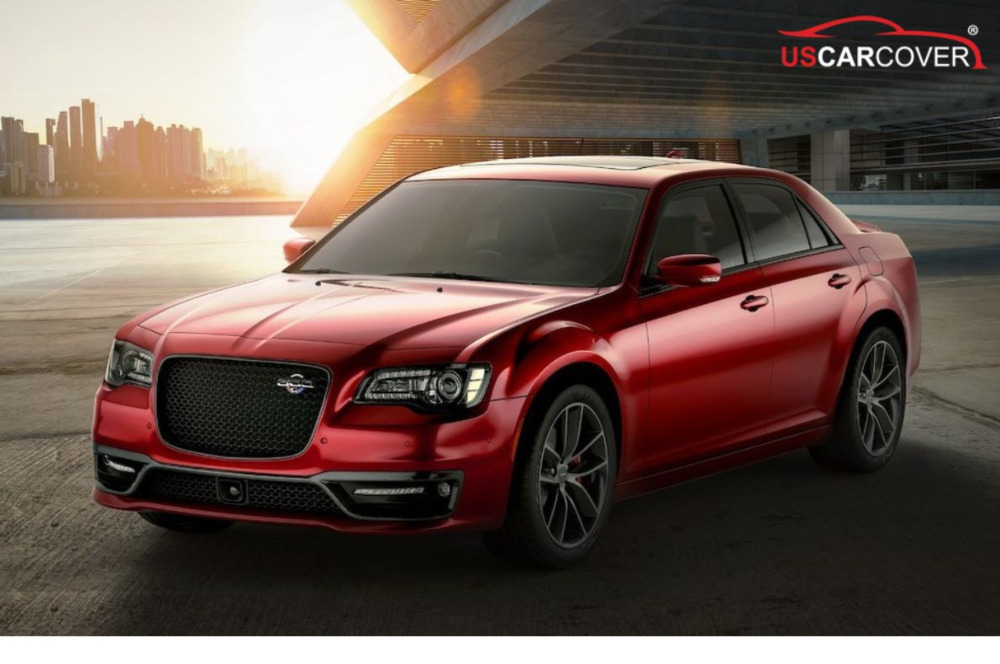
A trustworthy car cover should meet these specifics. Choose a true custom-fit pattern for models like Chrysler 300, Pacifica, Voyager, or classics. Look for two vented outlets with rain hoods at the shoulders and rear glass, soft multi-point straps with quick buckles, a plastic-coated locking cable, and reinforced grommets at stress points. An inner liner that is soft, light in color, and low-dust, paired with a tear-resistant, truly breathable, UV-treated outer fabric, is mandatory. A gentle elastic hem that does not leave a ridge on the body is a sign of good design. Follow this checklist and you will quickly drop covers that look nice but lack real wind credentials.
Maintain the car cover so it is always storm-ready
Keeping the cover “fit” like day one is part of a full protection plan. Wash on a schedule: if you park outdoors, every 2 to 4 weeks; indoors, about every 6 to 8 weeks. Use a mild detergent and air-dry fully in the shade. Clean the inner liner by lint-rolling or light vacuuming so the surface stays smooth and never becomes micro-sandpaper. Check seams and grommets, patch early before wind season. Store in a breathable bag, not a sealed one that traps moisture. Rehearse the cover routine before storm season and mark strap positions so deployment is fast. A clean, dry, strong cover keeps the car safer. A damp, dirty cover is a recipe for scuffs and mildew.
Common mistakes to avoid
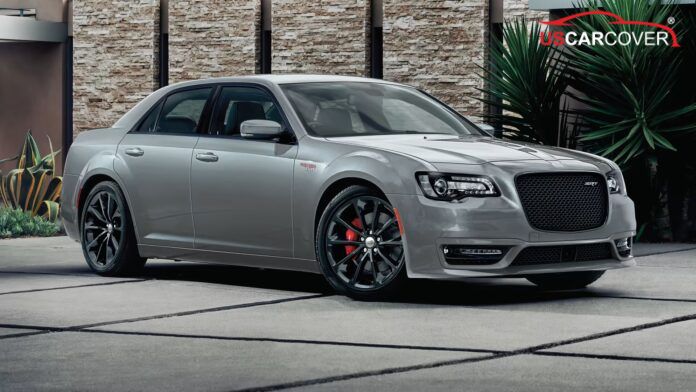
Most damage comes from habits, not bad covers. Never cover a dripping-wet car. Water adds weight and friction. Do not crank one strap tight and forget the others, because concentrated load tears fabric. Do not anchor to a sharp edge or hard object, since gusts will let the strap slice the cover. Avoid free-size covers with big excess fabric, because extra slack invites wind. Do not drag the cover across concrete, which loads grit into the liner and then into your clearcoat. Dodge these five mistakes and you are halfway to storm-smart protection.
Practical benefits when using a Chrysler car cover in storms and wind
Used correctly, a proper cover delivers clear wins. It lowers the risk of paint scuffs with stable form and a soft liner. Multi-point tie-downs and a locking cable keep the cover planted, not flying or drifting. It adds passive security, making quick tampering harder on a windy night. Daily use is easy: one person can deploy and remove it. The cover also protects the cabin and brightwork by blocking rain, leaves, and damp grit, which saves cleanup time after every squall.
Across the storm patterns of many U.S. states, a Chrysler car cover designed for wind answers three essential needs: a physical lock so the cover does not fly away, a stabilized form so it does not puff up, and a soft, breathable liner so it does not rub paint. Combined with multi-point straps, reinforced grommets, a gentle elastic hem, and well-placed vents, the cover stops being a temporary tarp and becomes a passive protection system you can trust. Choose a car cover built for wind and custom-fit to your Chrysler, practice the 90-second routine, and keep the cover clean and dry. When the sky turns gusty, your cover will not turn into a sail, and new rub marks will not appear. Your Chrysler will stand steady and clean, ready to roll, while you head home with peace of mind in every storm season
